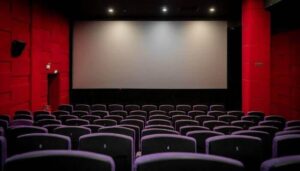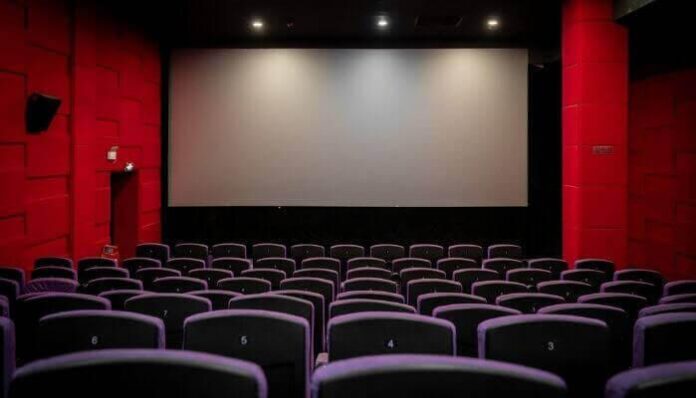Cinema, the seventh art, has been a cornerstone of entertainment and storytelling for over a century. From its humble beginnings to the current era of technological advancements, cinema has undergone a remarkable transformation. In this article, we’ll embark on a journey through the history of cinema, exploring its key milestones, technological innovations, and cultural impact.
The Early Years (1890s-1920s)
The birth of cinema dates back to the late 19th century when Thomas Edison invented the kinetoscope in 1888. The first film cameras were developed by Louis and Auguste Lumière in 1895, paving the way for the creation of short films. These early films were showcased in nickelodeons, small theaters that became incredibly popular.
The silent film era saw the rise of pioneers like Charlie Chaplin, Buster Keaton, and Harold Lloyd. Filmmakers experimented with techniques, storytelling, and visual effects, laying the groundwork for future generations.
The Golden Age (1920s-1960s)
The advent of sound in 1927 revolutionized cinema. The Jazz Singer, directed by Alan Crosland, marked the beginning of the “talkies.” This era saw the establishment of Hollywood studios, including MGM, Paramount, and Warner Bros.
Directors like Orson Welles (Citizen Kane), Alfred Hitchcock (Psycho), and Billy Wilder (Sunset Boulevard) created iconic films that continue to influence contemporary cinema.
New Wave and Blockbusters (1960s-1980s)
The French New Wave movement, led by Truffaut, Godard, and Resnais, introduced innovative storytelling and visual styles. American filmmakers like Scorsese, Coppola, and Spielberg followed suit, producing groundbreaking films.
Blockbusters like Jaws (1975), Star Wars (1977), and E.T. the Extra-Terrestrial (1982) redefined the industry’s approach to filmmaking and marketing.
Digital Era (1990s-2010s)
The 1990s saw significant technological advancements:
CGI (Computer-Generated Imagery): Toy Story (1995) and The Matrix (1999) showcased the potential of CGI.
Digital Cinematography: Star Wars: Episode II (2002) was the first film shot entirely digitally.
Indie Filmmaking: Sundance and Miramax enabled independent filmmakers to produce and distribute their work.
Streaming Services: Netflix, Hulu, and Amazon Prime transformed the way we consume films.
Modern Cinema (2010s-present)
Today’s cinema is characterized by:
3D and IMAX Technologies: Enhanced visual experiences.
Franchise Filmmaking: Marvel, DC, and Star Wars dominate box offices.
Diversity and Representation: Increased focus on inclusivity and diversity.
Virtual Reality (VR) and Augmented Reality (AR): Immersive experiences.
Conclusion
The evolution of cinema has transformed the art form, industry, and audience experience. From silent films to VR experiences, cinema continues to adapt and innovate.
As we look to the future, emerging trends and technologies will shape the next chapter in cinema’s history. The impact of cinema on society and culture is undeniable, and its continued evolution will ensure its relevance for generations to come.
Timeline of Key Events
1888: Thomas Edison invents the kinetoscope.
1895: Lumière brothers develop the first film camera.
1927: The Jazz Singer introduces sound.
1960s: French New Wave movement.
1970s-1990s: Jaws becomes the first blockbuster.
1995: Toy Story pioneers CGI.
2002: Star Wars: Episode II is shot digitally.
2010s: Streaming services revolutionize film distribution.
Share Your Thoughts!
What’s your favorite film era or genre?
How has cinema impacted your life?
Join the conversation in the comments below





























